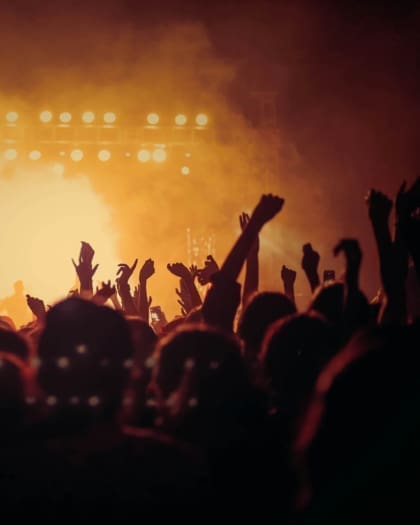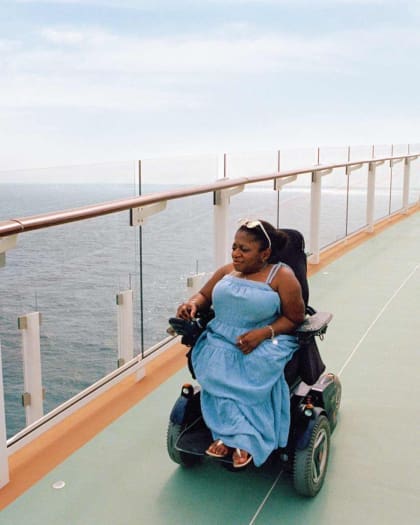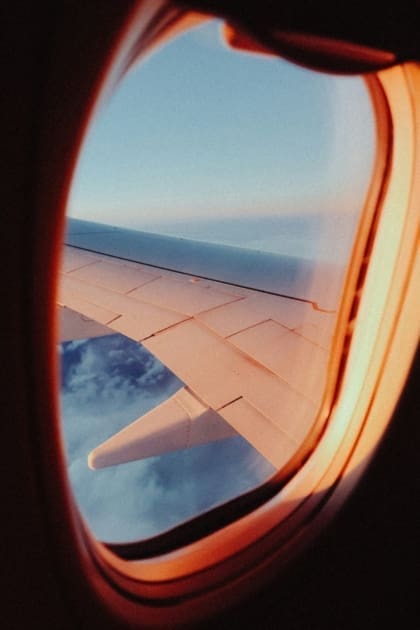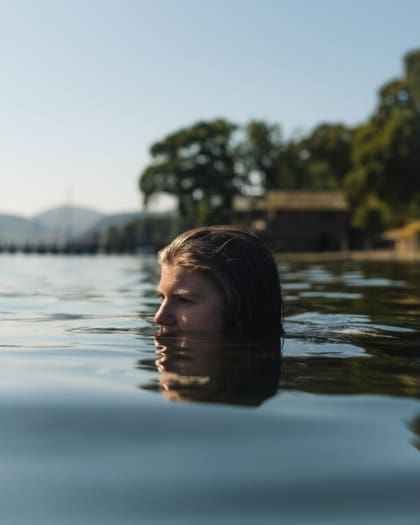
Where (and how) to celebrate Pride Month around the world
Pride Month takes place every year from 1 – 30 June. As the popularity of parades and events grows around the world, historian Valorie Clark explores how they emerged – and how to attend responsibly
The first time I attended a Pride parade, I was in Washington, D.C. in 2012. I was working as a barista and slipped out of work during a break to watch the procession go by. A complete stranger, high on the festivities, deemed me “not dressed up enough” and gifted me a rainbow tutu. As the parade moved down P Street NW, the music and cheering were deafening. Living in D.C. meant I was no stranger to parades and marches, but the celebratory atmosphere of that day felt unique.
The first Pride was a riot. You’ll find that phrase on merchandise of all sorts; I have a t-shirt in my closet with the words emblazoned across it. It’s more or less true – the first official Pride march was held on June 28, 1970. It marked the one-year anniversary of the five days of rioting and police clashes that would come to be known as the Stonewall Riots.
Stonewall, it’s worth noting, was about police brutality against LGBTQ+ people in New York City – not about marriage equality. A heady mix of pride, frustration, and fear probably drove the people to fight back against the police on that hot and muggy night as they raided the Stonewall Inn. It wasn’t an officially organised event, but the riots were the first step in the modern LGBTQ+ march toward equality.
That first march in New York required courage. Gay people were still being tracked by police and their arrests were printed in newspapers, which could damage their lives. Los Angeles, San Francisco, and Chicago planned concurrent marches which would follow an audacious plan: have fun, be loud, and dress however you want.
Previous protests and marches had hinged on being “acceptable” by mainstream culture; Pride rejected that. Several LGBTQ+ rights groups had worked together to plan it; the chant they could all agree on was “Say it clear, say it loud. Gay is good, gay is proud.”
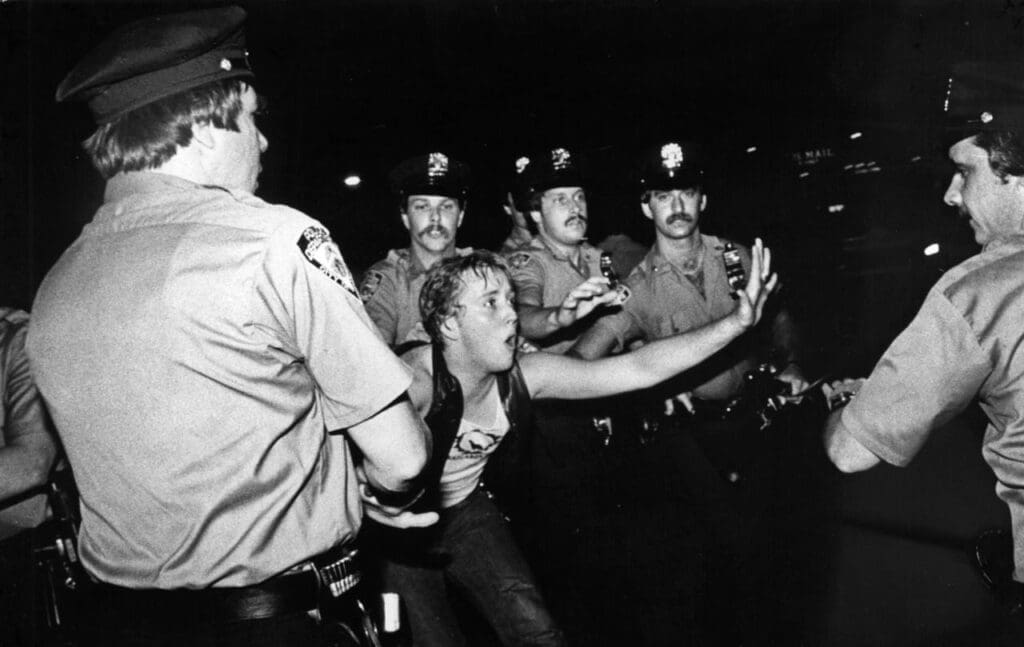
Since those early days, US Pride parades have taken on a carnivalesque atmosphere, with music and floats joining the protest. Los Angeles added a festival in 1974, increasing the celebratory feeling. Events surrounding the parade have grown naturally, lengthening the time Pride is celebrated from a day, to a week, to the full Pride Month. More people join every year; millions are predicted to attend Pride events around the world in 2022.
Pride Parades are celebrated and accepted in many countries, including most of North America, South America, Europe, and Australia. In these same countries, LGBTQ+ people currently have more freedom and equality than ever before
However, many countries in Africa and Asia still outlaw homosexuality, and so parades are not held for the community’s safety. In some places, Pride events are held in spite of oppression and under threat of violence. That takes a special kind of courage, I think.
More people join in with Pride month every year; millions are predicted to attend Pride events around the world in 2022
As a writer and historian focusing on the emergence of queer identities, I find Pride events fascinating reflections of the local community; more than just the LGBTQ+ community. Over time, Pride has popularised and become almost mainstream, and many people have begun to see Pride events as tourist attractions, rather than protest spaces. The lines of what Pride is and who it is for are blurring as economies capitalise on the festive atmosphere. For people interested in conscious travel, visiting a city for Pride can raise some issues, namely: what does Pride mean to that community? How do they celebrate? Are allies welcome?
Modern Pride Month events conform to local ideas of ‘acceptable’ to varying degrees. Dallas Texas’s Pride celebrations, for example, are very family-friendly, reflecting Texan values. After years of being integrated with the local bar scene, Dallas Pride was moved to Fair Park in 2019, a location that both distances it from partying and makes the celebration far more accessible for attendees who use wheelchairs. That was the only year I was able to attend Dallas Pride, and the day had a lovely Sunday picnic atmosphere that felt incredibly different from the DC Pride Parade.
Recent years have seen some pushback against calls to make Pride a family-friendly event. Indeed, the roots of Pride are a riot and a protest, and the first organisers were deliberately going against earlier events like Philadelphia’s 1960s somber vigil The Annual Reminder. In Philadelphia, citizens picketed outside Liberty Hall, quiet and respectful, intentionally unobtrusive and unthreatening. It wasn’t enough. Some see making Pride more family friendly as a step back to The Annual Reminder.

But part of honouring the LGBTQ+ experience is also honouring how local members of the community feel safe observing Pride. Travelling to Dallas for their Pride event is a necessarily different experience than travelling to New York or Rome or São Paulo. A trip in June specifically to celebrate Pride means also celebrating the local community’s traditions and values. Calls to conform one city’s Pride to another city’s standards are, at best, misguided.
Two dramatically different ways of celebrating Pride can be seen in the traditions of Bucharest and Mexico City. Both are capital cities, but culturally very different. Romania is a socially conservative country, and while protections for LGBTQ+ people have been in place since 2000, the LGBTQ+ population still faces discrimination. Consequently, Pride in Bucharest is less of a celebration and more of an outreach event, with a schedule full of debates, conferences, and community meetings. Mexico City, on the other hand, is host to one of the largest and most raucous pride events in Latin America. Over a million people turn out for the event in Zona Rosa, Mexico City’s ‘gay’ neighbourhood. Despite the drastically different tones of the events in Bucharest and Mexico City, everyone is welcome to participate in their Pride celebrations as part of integrating the queer community into city life.
Other famously huge parties include São Paulo’s, which is considered one of the biggest and wildest celebrations in the world. Officially, the event runs for five days in mid June, perhaps mirroring the original five days of rioting in New York. But really, the party begins three weeks before with concerts, markets, dance parties, and cultural fairs. As one of the first places in the southern hemisphere to pass laws protecting queer people, São Paulo’s queer scene is vibrant and active in part because the city drew queer people to it from all over South America when they weren’t welcome elsewhere. São Paulo is a popular travel destination for queer travellers year round, but tourism certainly picks up for Pride.
Amsterdam’s Gay Pride event, which happens across July and August, is uniquely staged: the parade winds through the city’s famous canals, and attendees watch from docked boats. People travel from all over the world to attend – in fact, it’s one of the city’s biggest weeks for visitors. Amsterdam’s neighbour, Belgium, invites representatives from all over the world to march as “Diplomats for Equality” in the Brussels Pride Parade. As one of the most advanced countries in terms of LGBTQ+ rights, Belgium’s event honours the legal and political fight for equality, marching for the people who cannot do so safely.
Now over 50 years old, Pride is an event central to LGBTQ+ movement globally. Everywhere the event pops up it has taken on local customs, celebrating both the global queer community and the local neighbourhood it shows up in. If you’re travelling for Pride, check in with the city’s local organisers to see what vibe is and plan accordingly.
Pride Month celebrations around the world
Brussels: 21 May
pride.be
Philadelphia: 3-5 June
phlpridecollective.org
Dallas Texas: 4-5 June
dallaspride.org
Los Angeles: 11-12 June
lapride.org
São Paolo: 19 June
New York: 26 June
nycpride.org
London: 2 July
prideinlondon.org
Amsterdam: 30 July-7 August
amsterdamgaypride.nl
UK Black Pride: 14 August
ukblackpride.org.uk


